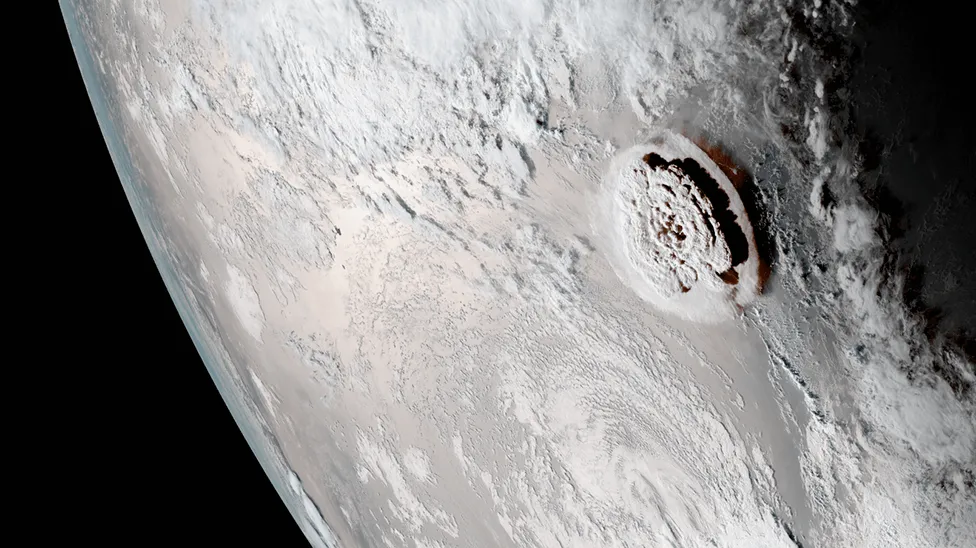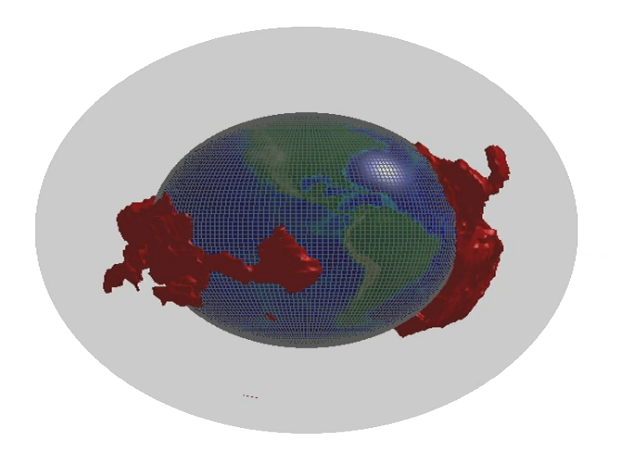 I often notice that even other well-trained scientists when talking about geology sometimes make trivial mistakes. Perhaps, because Geology is a relatively new science, it is little known. for example, its other “cousin” science (because it is also a “historical” science) Astronomy, is far better known. Probably looking up, toward the stars, makes us dream more than looking down, underground. Furthermore many associate the geologist with her or his freelance profession, the one related to construction, surveys, and the study of the technical characteristics of soils. But that is only one of the many applications of Geology. Others may be the search for subsurface resources, the study of geological risk (earthquakes, eruptions, landslides, floods-themes that perhaps explain the greater fascination of Astronomy than Geology). I could go on but I want to dwell here on what is really typical of the geologist, whatever activity he or she does: the geologist’s field work.
I often notice that even other well-trained scientists when talking about geology sometimes make trivial mistakes. Perhaps, because Geology is a relatively new science, it is little known. for example, its other “cousin” science (because it is also a “historical” science) Astronomy, is far better known. Probably looking up, toward the stars, makes us dream more than looking down, underground. Furthermore many associate the geologist with her or his freelance profession, the one related to construction, surveys, and the study of the technical characteristics of soils. But that is only one of the many applications of Geology. Others may be the search for subsurface resources, the study of geological risk (earthquakes, eruptions, landslides, floods-themes that perhaps explain the greater fascination of Astronomy than Geology). I could go on but I want to dwell here on what is really typical of the geologist, whatever activity he or she does: the geologist’s field work.

 The massive volcanic blast in the Pacific last year was felt 18,000km away on the other side of the world, on the floor of the Atlantic Ocean.
The massive volcanic blast in the Pacific last year was felt 18,000km away on the other side of the world, on the floor of the Atlantic Ocean.

